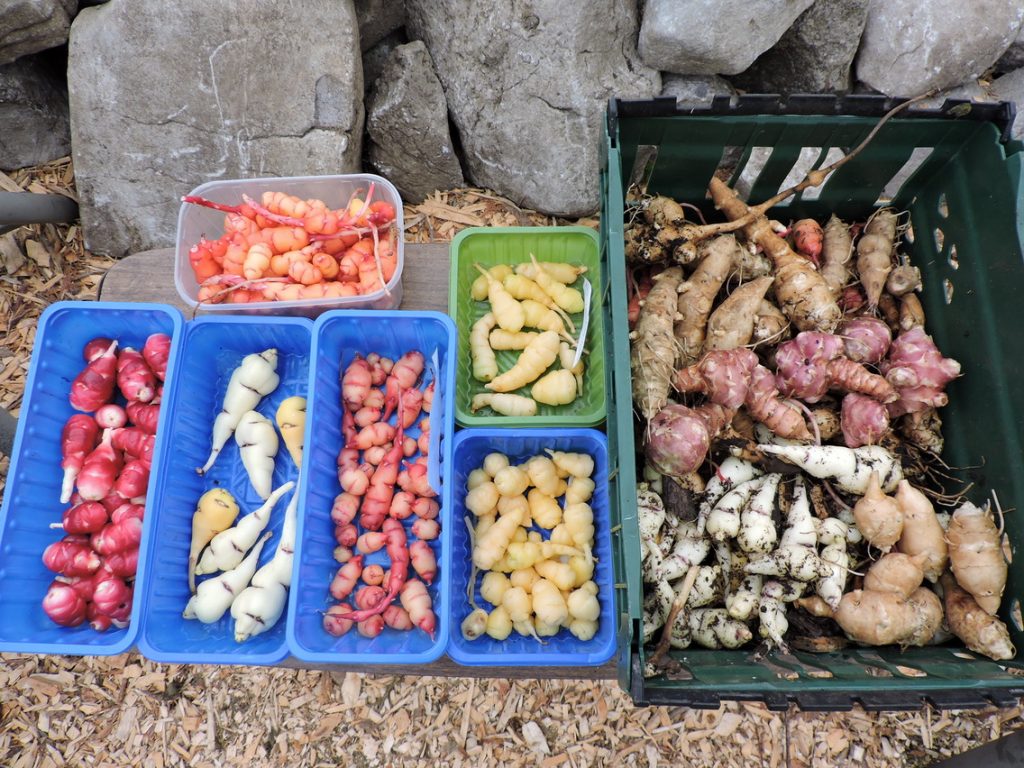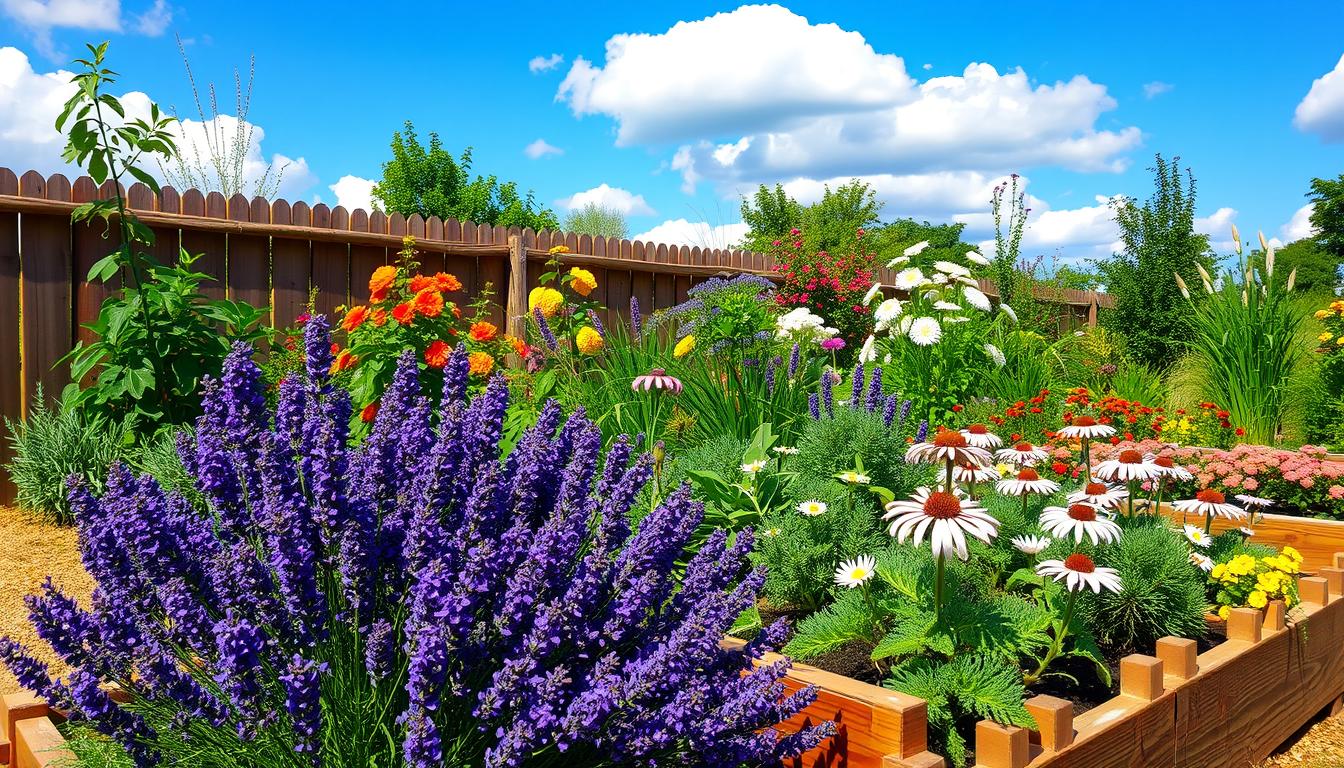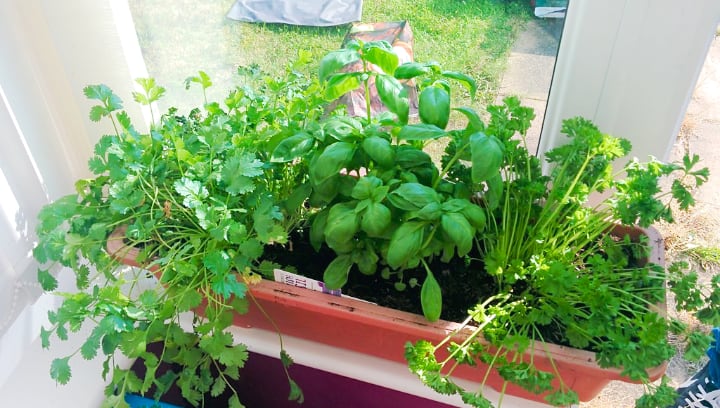
Introduction: Embracing the Healing Power of Indoor Herbs
In an increasingly health-conscious world, the allure of natural remedies has never been stronger. While conventional medicine undoubtedly holds its place, many are turning to the gentle, time-tested wisdom of herbalism. What if you could cultivate your own personal pharmacy, right within the comfort of your home? Growing medicinal herbs indoors offers a unique opportunity to connect with nature, gain control over the quality of your remedies, and enjoy the beauty of vibrant greenery year-round. This comprehensive guide will delve into the fascinating world of growing unusual medicinal herbs indoors, providing you with the knowledge and practical tips needed to embark on this rewarding journey.
Why Grow Medicinal Herbs Indoors? Unveiling the Benefits
Before we dive into the specifics, let’s explore the compelling reasons to consider an indoor herb garden:
- Year-Round Availability: Unlike outdoor gardens, indoor environments are shielded from the vagaries of weather. This ensures a consistent supply of fresh herbs, regardless of the season. No more relying on wilted supermarket offerings – you’ll have potent, homegrown remedies at your fingertips.
- Control Over Growing Conditions: Indoor gardening allows you to meticulously control crucial factors like temperature, humidity, light, and soil composition. This is especially beneficial for herbs with specific needs, ensuring optimal growth and potency.
- Pest and Disease Management: Indoor environments are inherently less susceptible to pests and diseases compared to outdoor gardens. This reduces the need for harmful pesticides and herbicides, resulting in cleaner, healthier herbs.
- Space Efficiency: Even if you live in a small apartment, you can create a thriving herb garden. Vertical gardening systems, hanging baskets, and compact containers maximize space utilization.
- Therapeutic Benefits: The act of gardening itself is incredibly therapeutic. Nurturing plants, observing their growth, and harvesting your own remedies can reduce stress, improve mood, and foster a deeper connection with nature.
- Cost-Effectiveness: Over time, growing your own herbs can save you money compared to purchasing them from stores. You’ll also have a constant supply for teas, tinctures, and culinary uses.
- Educational Opportunity: Growing medicinal herbs is a fantastic learning experience. You’ll gain knowledge about plant biology, herbal properties, and traditional medicine practices.
Choosing the Right Herbs: Exploring Unusual Medicinal Varieties
While common herbs like basil and mint are easy to grow, let’s venture into the realm of less conventional medicinal varieties that thrive indoors:
1. Ashwagandha (Withania somnifera): The Adaptogenic Wonder
Ashwagandha, also known as Indian ginseng, is a powerful adaptogen that helps the body cope with stress. Its roots are traditionally used to promote energy, improve cognitive function, and support a healthy immune system. Growing Ashwagandha indoors requires a warm, sunny location and well-drained soil. Regular watering is essential, but avoid overwatering, which can lead to root rot.
2. Gotu Kola (Centella asiatica): The Brain Booster
Gotu Kola is a creeping herb renowned for its cognitive-enhancing properties. It is believed to improve memory, concentration, and overall brain function. This herb thrives in moist, shady conditions, making it well-suited for indoor cultivation. Keep the soil consistently moist and provide adequate humidity.
3. Holy Basil (Tulsi) (Ocimum tenuiflorum): The Sacred Healer
Holy Basil, also known as Tulsi, is a revered herb in Ayurveda, the traditional Indian system of medicine. It is prized for its adaptogenic, antioxidant, and anti-inflammatory properties. Holy Basil prefers a sunny location and well-drained soil. It can be grown from seed or cuttings and requires regular pruning to encourage bushier growth.
4. Lemon Balm (Melissa officinalis): The Mood Elevator
Lemon Balm is a fragrant herb with a calming and uplifting effect. It is traditionally used to relieve anxiety, improve sleep, and boost mood. Lemon Balm is relatively easy to grow indoors, preferring a sunny location and well-drained soil. Regular pruning will prevent it from becoming leggy.
5. Stevia (Stevia rebaudiana): The Natural Sweetener
Stevia is a natural sweetener derived from the leaves of the Stevia plant. It is a healthy alternative to refined sugar and artificial sweeteners. Stevia requires a sunny location and well-drained soil. It can be grown from seed or cuttings and benefits from regular fertilization.
6. Calendula (Calendula officinalis): The Skin Soother
Calendula is a vibrant flower with potent anti-inflammatory and wound-healing properties. Its petals are used to make salves, creams, and teas that soothe skin irritations, promote healing, and reduce inflammation. Calendula prefers a sunny location and well-drained soil. Deadheading spent flowers will encourage continuous blooming.
7. German Chamomile (Matricaria chamomilla): The Relaxing Remedy
German Chamomile is a delicate flower with calming and sleep-inducing properties. Its flowers are used to make tea that promotes relaxation, reduces anxiety, and aids digestion. Chamomile prefers a sunny location and well-drained soil. It can be grown from seed and benefits from regular watering.
8. Lavender (Lavandula angustifolia): The Aromatic Calming Agent
While often grown outdoors, lavender can thrive indoors with the right conditions. Its fragrant flowers are prized for their calming and sleep-promoting properties. Lavender prefers a sunny location, well-drained soil, and good air circulation. Choose a compact variety suitable for container gardening.
9. Ginger (Zingiber officinale): The Digestive Aid
Ginger is a rhizome with potent anti-inflammatory and digestive properties. It is used to relieve nausea, reduce pain, and support a healthy immune system. Ginger can be easily grown indoors in a pot filled with well-drained soil. Keep the soil consistently moist and provide a warm, humid environment.
10. Turmeric (Curcuma longa): The Anti-Inflammatory Powerhouse
Turmeric is a rhizome with powerful anti-inflammatory and antioxidant properties. It is used to treat a wide range of conditions, including arthritis, heart disease, and cancer. Turmeric requires a warm, humid environment and well-drained soil. It can be grown in a pot and benefits from regular fertilization.
Essential Growing Conditions: Creating the Ideal Indoor Environment
To successfully grow medicinal herbs indoors, it’s crucial to replicate their natural growing conditions as closely as possible. Here’s a breakdown of the key factors to consider:
1. Lighting: Providing Adequate Illumination
Most medicinal herbs require at least six hours of sunlight per day. If your indoor space lacks sufficient natural light, you’ll need to supplement with artificial lighting. Full-spectrum LED grow lights are an excellent choice, as they provide the full spectrum of light needed for healthy plant growth. Position the lights 6-12 inches above the plants and adjust as needed.
2. Soil: Choosing the Right Growing Medium
The type of soil you use can significantly impact the health and growth of your herbs. Opt for a well-draining potting mix specifically formulated for container gardening. Avoid using garden soil, as it can become compacted and waterlogged in containers. You can also amend the potting mix with perlite or vermiculite to improve drainage and aeration.
3. Watering: Maintaining Optimal Moisture Levels
Watering frequency depends on the specific herb, the size of the container, and the environmental conditions. As a general rule, water when the top inch of soil feels dry to the touch. Avoid overwatering, which can lead to root rot. Ensure that the containers have drainage holes to allow excess water to escape. Consider using a moisture meter to accurately gauge soil moisture levels.
4. Temperature: Maintaining a Comfortable Range
Most medicinal herbs thrive in temperatures between 60°F and 75°F (15°C and 24°C). Avoid exposing them to extreme temperature fluctuations or drafts. If your indoor environment is too cold, consider using a heat mat to warm the soil. If it’s too hot, provide shade or increase ventilation.
5. Humidity: Creating a Moist Environment
Many medicinal herbs prefer a humid environment. If your indoor air is dry, you can increase humidity by grouping plants together, using a humidifier, or placing the containers on trays filled with pebbles and water. Misting the plants regularly can also help to increase humidity.
6. Fertilizing: Providing Essential Nutrients
Medicinal herbs require regular fertilization to maintain healthy growth and potency. Use a balanced organic fertilizer specifically formulated for herbs. Follow the instructions on the fertilizer label carefully. Avoid over-fertilizing, which can damage the plants. Consider using slow-release fertilizers to provide a steady supply of nutrients over time.
7. Air Circulation: Preventing Stagnant Air
Good air circulation is essential for preventing fungal diseases and promoting healthy growth. Ensure that there is adequate airflow around the plants. You can use a small fan to improve air circulation, especially in enclosed spaces.
Starting Your Indoor Herb Garden: A Step-by-Step Guide
Now that you have a solid understanding of the essential growing conditions, let’s walk through the process of starting your indoor herb garden:
- Choose Your Herbs: Select the medicinal herbs that align with your health needs and growing conditions. Consider the space you have available and the amount of sunlight your indoor environment receives.
- Gather Your Supplies: You’ll need containers, potting mix, seeds or seedlings, fertilizer, watering can, and pruning shears.
- Prepare the Containers: Fill the containers with potting mix, leaving about an inch of space at the top.
- Sow the Seeds or Plant the Seedlings: Follow the instructions on the seed packet or seedling label.
- Water Thoroughly: Water the plants gently until the soil is evenly moist.
- Place in a Suitable Location: Position the containers in a location that receives adequate sunlight or under grow lights.
- Monitor and Maintain: Regularly check the soil moisture, fertilize as needed, and prune the plants to encourage bushier growth.
Harvesting and Using Your Herbs: Maximizing Their Medicinal Benefits
Harvesting your herbs at the right time is crucial for maximizing their medicinal benefits. Generally, herbs are most potent when they are actively growing. Here are some tips for harvesting and using your herbs:
- Harvesting Leaves: Harvest leaves in the morning, after the dew has dried. Use sharp pruning shears to cut the stems just above a leaf node.
- Harvesting Flowers: Harvest flowers when they are fully open. Cut the stems just below the flower head.
- Harvesting Roots: Harvest roots in the fall, after the plant has died back. Dig up the roots carefully and wash them thoroughly.
Once you’ve harvested your herbs, you can use them fresh or dry them for later use. To dry herbs, hang them upside down in a cool, dark, and well-ventilated space. Once the herbs are completely dry, store them in airtight containers in a cool, dark place.
There are many ways to use your homegrown medicinal herbs. You can make teas, tinctures, salves, and other remedies. You can also add them to your cooking for flavor and health benefits. Always research the proper dosage and potential side effects before using any medicinal herb.
Troubleshooting Common Problems: Addressing Challenges and Finding Solutions
Even with the best care, you may encounter some challenges when growing medicinal herbs indoors. Here are some common problems and their solutions:
- Pests: Aphids, spider mites, and whiteflies can sometimes infest indoor herb gardens. Treat infestations with insecticidal soap or neem oil.
- Diseases: Fungal diseases like powdery mildew can occur in humid environments. Improve air circulation and avoid overwatering to prevent fungal diseases.
- Yellowing Leaves: Yellowing leaves can be caused by overwatering, underwatering, nutrient deficiencies, or pest infestations. Diagnose the cause and adjust your care accordingly.
- Leggy Growth: Leggy growth is often caused by insufficient light. Provide more light or move the plants to a sunnier location.
Advanced Techniques: Taking Your Indoor Herb Gardening to the Next Level
Once you’ve mastered the basics of growing medicinal herbs indoors, you can explore some advanced techniques to further enhance your gardening skills:
- Hydroponics: Hydroponics is a method of growing plants without soil, using nutrient-rich water solutions. It can be an efficient and space-saving way to grow herbs indoors.
- Aquaponics: Aquaponics is a system that combines aquaculture (raising fish) with hydroponics. The fish waste provides nutrients for the plants, and the plants filter the water for the fish.
- Propagation: Propagating herbs from cuttings or seeds allows you to expand your garden without having to purchase new plants.
- Companion Planting: Companion planting involves growing different plants together that benefit each other. For example, basil can help to repel pests from tomatoes.
Conclusion: Nurturing Your Well-being with Indoor Herbs
Growing unusual medicinal herbs indoors is a rewarding and empowering experience. It allows you to connect with nature, take control of your health, and enjoy the beauty of vibrant greenery year-round. By following the tips and techniques outlined in this guide, you can create a thriving indoor herb garden that provides you with a constant supply of fresh, potent remedies. So, embrace the journey, nurture your plants, and unlock the healing power of nature within your own home. Happy gardening!



